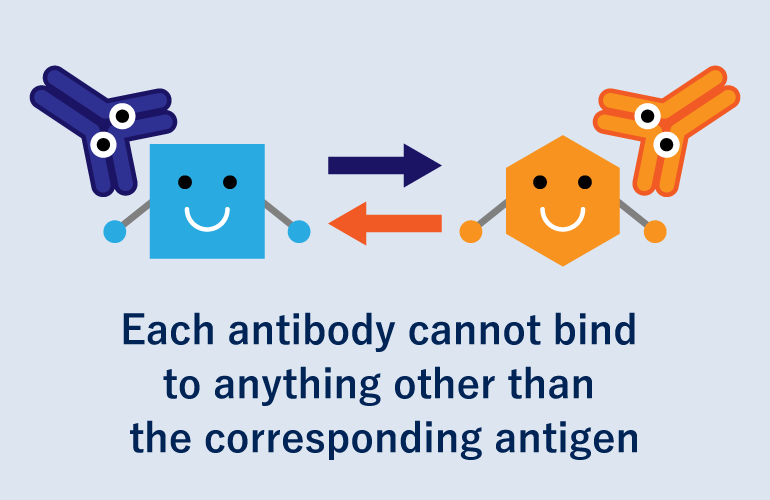
We will answer various questions about allergies.
Supervised by Masahiro Sakaguchi(ITEA Director / Professor Emeritus, Azabu University)











ITEA sells the following allergens.























ITEA sells the following ELISA kits.
We also sell ELISA construction kits.
Free samples are available.

